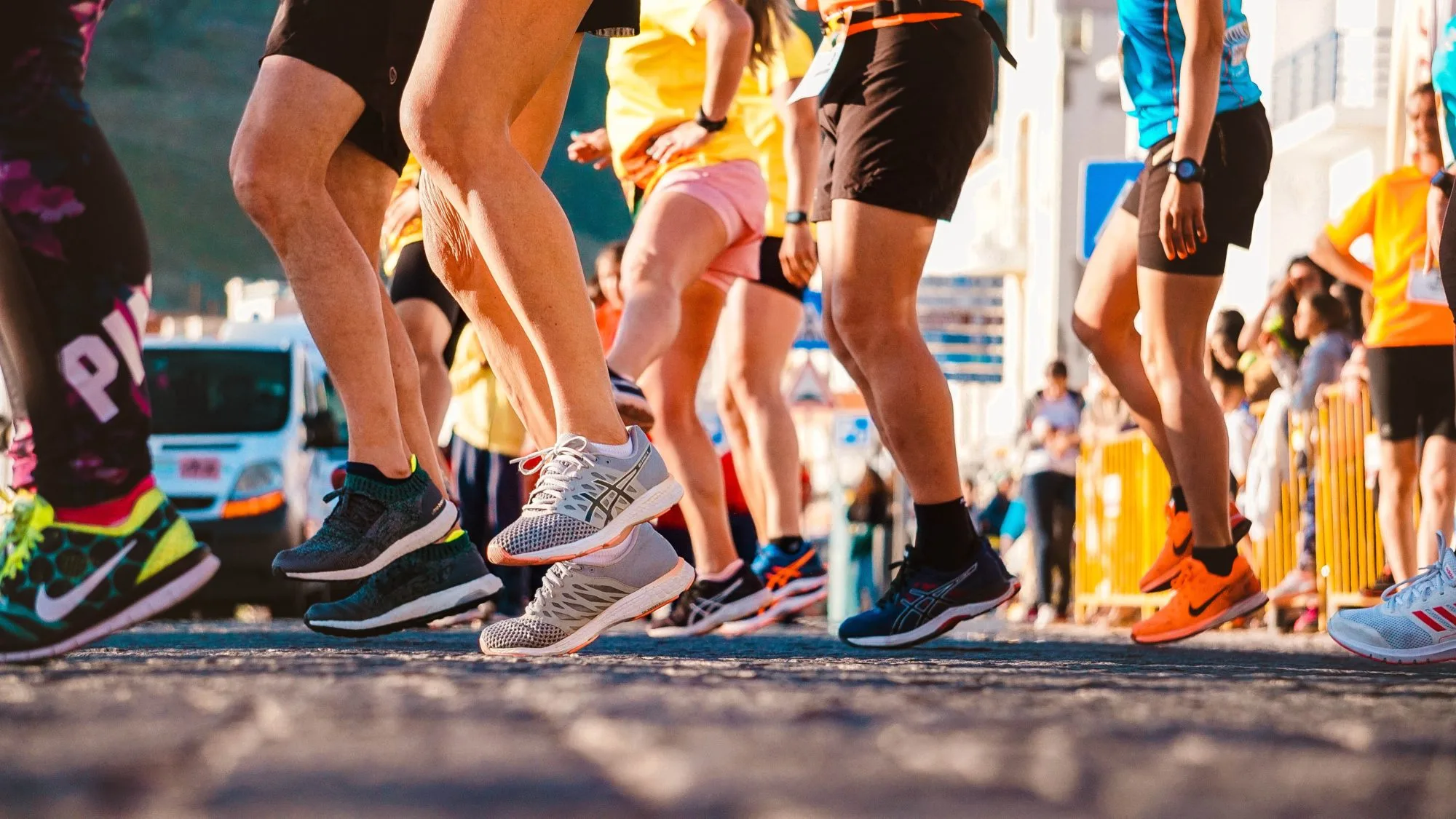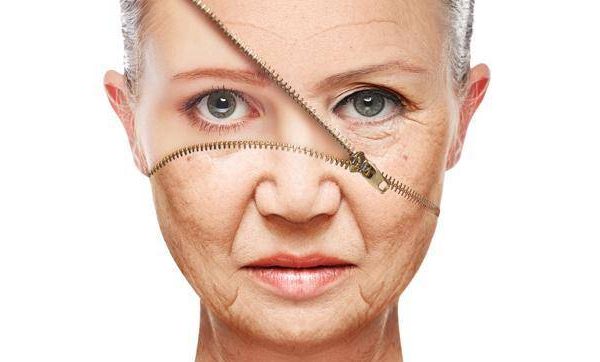Age is just a number that most of us hear whenever the time calls for another birthday celebration. Or are you the non-celebratory type? Either way, age is a natural part of life and we must all go through different phases. Having said that, we need to keep fit and agile throughout the journey, but let’s at least get smart about the way in which we do it. What’s the point of overloading the body and struggling through massive workout routines? All you’re doing is tearing your muscles up and fatiguing your body. Besides as we age, our bodies change and therefore the kind of training you do must adapt with the number.
You can’t expect an 80-year-old to smash a 30-minute high-intensity training session every day. Nor can you force a 20-something to do light stretching every day and expect her or him to get an instant six-pack. You’ve got to be realistic about your workouts. That’s why keeping fit and healthy is not a straight road. There are many new avenues you are going to have to explore.
It is important to consider the types of training you do to get maximum benefits. However, the main reason we need to exercise throughout our lives, no matter our age. It is because keeping fit helps to protect us from getting heart disease, cancer, and type two diabetes. Exercise has an amazing effect on our bodies. However the type and amount of exercise you should do changes as you age. Therefore you need to be certain that you are doing the right kind of exercise for your age.
Age Will Keep Your Training Specific
You should not see growing older as a bad thing. Rather see it as a fresh new you every year. Kind of like a wiser, smarter, and yes, sexier version than you were previously. With age comes maturity and experience. Thus, you are able to make smarter training decisions that get you the best kind of ‘gains without hurting your body and sabotaging your hard-earned efforts. More importantly, you want your training to be sustainable and something you can keep doing throughout your life.
![age [longevity live]](https://longevitylive.com/wp-content/uploads/2019/08/active-activity-beautiful-2247179-320x224.jpg)
I’d say that the best way to determine the kind of exercise you need to be doing at your current age is to break it down into categories. This is also useful information for you if you are a parent or caregiver. You’ll be wise enough to advise your loved ones so that they get on the right path.
Early Childhood and Teenage Years
This is the age where you are really young and energetic. Having said that, as soon as you hit puberty your body is also experiencing a ton of hormonal changes. Exercise can really help the process, but you want to keep it moderate and not excessive. The last thing you want to do is upset the body’s natural processes.
According to science, when it comes to children, exercise helps control body weight, build healthy bones, promote self-confidence and healthy sleep patterns. In fact, the US government recommends that children should get at least one hour of exercise a day.
![age [longevity live]](https://longevitylive.com/wp-content/uploads/2019/08/action-active-balance-2698761-256x320.jpg)
Researchers Provide The Following Tips:
- Children should try a variety of sports and develop their skills in swimming and the ability to hit and kick a ball.
- They should also engage in casual regular physical activity like playing in playgrounds.
Do you remember when you were a moody teenager? Or perhaps you’re dealing with one at the moment. Well, have a little empathy for them because their hormones are all over the place and it feels very confusing. Apparently, it’s quite common for teenagers to start getting lazier with their exercise habits, especially in girls.
But as a teenager, despite the way you’re feeling, it’s vital that you get regular forms of exercise. Daily movement while likely to improve mood swings and promote a healthy body image. It also helps teenagers manage stress and anxiety.
Experts Recommend:
- Encouraging teenagers to keep playing one team sport, if possible.
- And for those teenagers who are not into team sports, swimming or athletics can be a good way to keep fitness levels up.
Your Twenties Are Your Prime Age
These are the years when you can really put your fitness abilities to the test. I don’t recommend overdoing it, but you can challenge yourself. This is the age where your body is at its fitness peak. You are strong, resilient, and fast with a super quick recovery. The NHS guidelines state that a healthy adult aged between 19 and 64 should do a minimum of 150 minutes of moderate aerobic activity a week, plus two to three strength sessions. In fact, your twenties are very important years because this is when you lay down the foundations for the rest of your life. You set the tone. This is when you can create good eating and exercise habits for life, and enjoy loads of unique styles of training experiences. This is an age where you can create lean muscle and strength, which will make it easier to retain as you age. Exercises like spinning, running, and boxing are fantastic options to try!
Better yet, when you reach your mid-twenties you can enjoy having the fastest reaction times and the highest VO2 max. This is the maximum rate at which the body can pump oxygen into the muscles. Then after this peak, your VO2 max decreases by up to 1% each year and your reaction time slows each year. However, don’t get put off because if you exercise regularly throughout your life, you can slow down this decline. It is a necessity for people in their twenties to exercise, build lean muscle mass and bone density. You’ll thank your young self later on. These qualities will remain with you throughout your life no matter your age.
![age [longevity live]](https://longevitylive.com/wp-content/uploads/2019/08/action-active-arms-2475878-214x320.jpg)
Experts Recommend:
- At this age, you must keep variation in your training. Make it fun. Try CrossFit, HIIT, or circuit classes.
- If you do go to the gym often, get advice from an exercise professional to build periodization into your training regime. This involves dividing your training regime into progressive cycles that manipulate different aspects of training. What does this mean? Think intensity, volume, and type of exercise. You need to do this if you want to optimize your performance and ensure your peak for a planned exercise event, like a triathlon
The Age Of The Thriving Thirties
Well, we hope so! However, this is usually when people start to settle down, succeed in their careers, and get more serious about life. Despite all that, you still need to keep fit and healthy. Cardiovascular fitness and strength need to be maintained otherwise they’ll decline quickly. Especially if your job is relatively sedentary. This is why you want to make sure you sit with a straight back, take breaks to stand and walk around, take the stairs or stand when talking on the phone. You need to make sure you’re not sitting for longer than an hour at a time.
Researchers Recommend:
- All thirty-somethings to really wrap their heads around working smarter. This means high-intensity interval training. This is a very quick burst of high-intensity activity, where you can use up to 80% of your maximum heart rate. They are over quickly and very effectively. This includes exercises like sprinting, cycling, burpees, jump squats, etc which are broken up with rest periods. You can get it all done in just twenty minutes which is fantastic for those who do not have much time to exercise.
- This one is for women. A lot of ladies at this age fall pregnant. After birth, you need to focus on building strength from the pelvic floor. These are known as Kegel exercises which you should do daily to help prevent incontinence.
- More importantly, keep your training program diverse and dynamic. Yoga, boot camp, boxing, and dancing are all wonderful options.
When Age 40 Sets In
Get excited! They say it’s when your life truly starts. Unfortunately, many metabolisms start slowing down and people begin to pick up weight. Experts state that resistance exercise is the best way to optimize calorie burning to counteract fat accumulation and reverse the loss of three to eight percent of muscle mass per decade. Therefore, just ten weeks of resistance training could increase lean weight by 1.4kg. This will also increase your resting metabolic rate by 7% and decrease fat weight by 1.8kg.
![age [longevity live]](https://longevitylive.com/wp-content/uploads/2019/08/active-active-wear-blonde-2294403-320x214.jpg)
Researchers Recommend:
- Forty-somethings should start a weight or kettlebell training program.
- Start jogging, running, or jumping rope. If this is new to you, don’t worry about getting outside of your comfort zone. It would be beneficial to intensify your program.
- Pilates is also a very useful tool to build core strength so that you can protect yourself from back pain, which often starts in this decade.
The Big Five-Oh Age
How’s that for a reality check? Just kidding!
However, this is when all kinds of aches and pains creep in as well as chronic conditions. These may include type two diabetes and heart disease. Moreover, estrogen levels start to decline in postmenopausal women, which increases the risk of heart disease.
![age [longevity live]](https://longevitylive.com/wp-content/uploads/2019/08/active-body-exercise-2294353-320x214.jpg)
Experts Recommend:
- Try to incorporate strength training at least two times per week to maintain and build lean muscle mass.
- Weight-bearing exercises, like walking, are highly recommended. You should walk fast enough so that your breathing rate increases and you break a sweat.
- Get experimental and try something new like yoga or Tai chi which are fantastic for balance and relaxation.
Get Fit Sixties
This is the age where life should start slowing down, but not your body. You need to keep that alive and energetic. Sadly, it’s very common for chronic conditions to start happening. Age is also a major risk factor for cancer. This is why you need to maintain high levels of physical activity to help prevent cancers, like post-menopausal breast cancer, colon cancer, and cancer in the womb. Exercise at this age also helps reduce the risk of developing chronic conditions, like heart disease and type 2 diabetes.
Just because your age is increasing doesn’t mean your level of laziness should. You need to stay active!
![age [longevity live]](https://longevitylive.com/wp-content/uploads/2019/08/action-action-energy-adult-2567016-320x180.jpg)
Doctors Recommend:
- Age 60 and above should start ballroom dancing or any kind because it’s a fun and sociable way to exercise.
- Gradually including strength and flexibility exercise twice a week. Aqua-aerobics is also a fantastic way to develop strength using water as resistance.
- Going for a brisk walk is a great way to maintain cardiovascular health.
The Age Numbers That Come After 70
I bet you thought you could get off easy now? Guess again. This is where frailty and falls are in their prime. Exercise helps avoid these and supports optimal cognitive function. Even if you do encounter a period of being ill, try to stay mobile as much as you can. Strength and fitness will decline rapidly. It’s even more difficult to regain it if you are bound to a bed.
Experts Recommend:
- Instead of sitting and chatting all day, go for walks. Try to get the family in on this concept to help encourage you. This will keep you motivated and boost your health more than solitary exercise.
- Incorporate some strength, balance, and cardiovascular exercise into your regime. However, you must get advice from a physiotherapist or other exercise professional, especially if you have several chronic conditions.
The point I’m getting at today is that you need to move daily or regularly throughout your whole life to live optimally. There is no end date.
Want to know more?
Brain-protecting supplements are vital for your concentration and keeping calm. Have you ever experienced plunging levels of energy, happiness, and focus?



![women [longevity live]](https://longevitylive.com/wp-content/uploads/2020/01/photo-of-women-walking-down-the-street-1116984-100x100.jpg)










